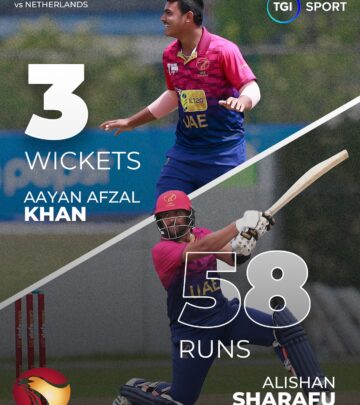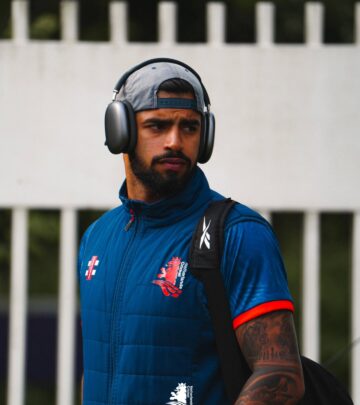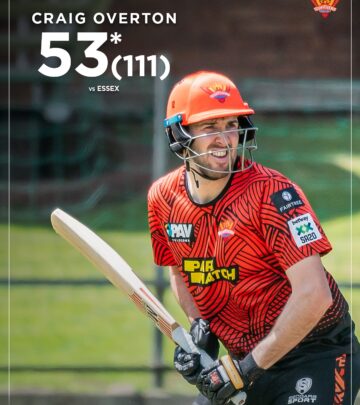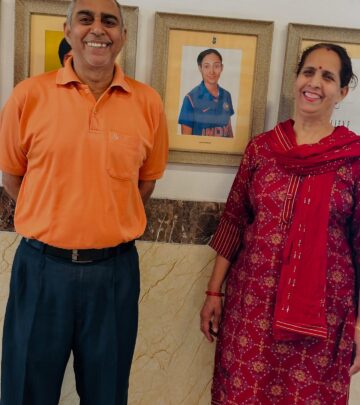Front Leg Focus Overstated, Expert Advises Reevaluation
Jones challenges front leg myths; coaches urged to embrace data over outdated opinions!!!
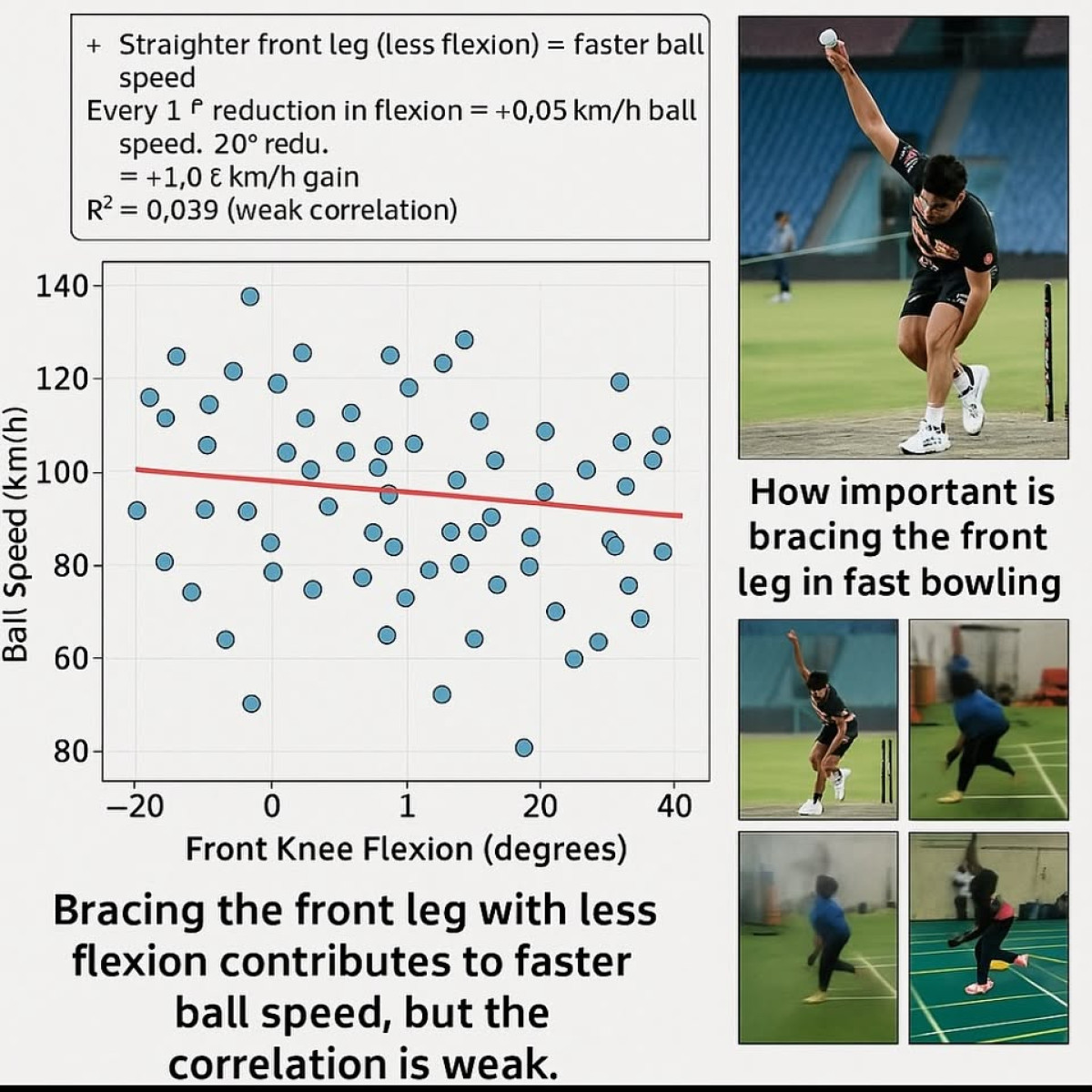
Image: Instagram
In the high-stakes world of fast bowling, where margins are millimetres and milliseconds, even a seemingly minor technical detail can spark heated debate. Recently, renowned fast bowling expert Steffan Jones (@steffanjones105) took to Instagram to question a long-held belief among bowling coaches: the critical importance of a braced (straight) front leg. His post challenges coaches to reexamine priorities and to put data science at the forefront of technique improvement.
Data-driven Fast Bowling
Steffan Jones cut through conventional wisdom with a simple yet provocative question: “Are you over stressing the importance of a braced (straight) front leg?” Jones’ message is clear – while the front leg has traditionally been touted as a defining element of fast bowling, its importance has often been overstated by those relying solely on opinion and outdated training manuals. Instead, he urges coaches and athletes to consider a broader set of metrics and to check other key performance indicators before spending valuable training time on any one element.
Fast bowling, as many experts agree, is an intricate blend of biomechanics, power, and timing. With advances in wearable technology and detailed performance analytics, cricket coaching is increasingly embracing a data-driven approach. Jones’ post emphasizes that relying on unsupported opinions may lead to wasted effort, and he calls on coaches to look at comprehensive data – including ball speed, front leg force, arm speed, and other biomechanical metrics – to fine-tune technique.
Rethinking Technique In A Modern Game
Jones’ advice is part of a broader trend that questions traditional training regimens within fast bowling. Coaches historically have placed enormous emphasis on achieving a perfectly braced front leg position. However, emerging data, much of it highlighted through initiatives like the PaceLab Index, suggests that a more holistic approach focusing on multiple performance metrics offers better results. Jones’ commentary resonates with modern coaching philosophies: it isn’t just about the appearance of technique but how it translates into measurable performance improvements.
The evolving methodology in coaching now involves extensive video analysis, biomechanical testing, and digital simulations such as those provided by Pitchwolf AI. These tools not only break down each component of the bowling action but also predict how changes in delivery—be it stride length, arm rotation, or even subtle shifts in leg positioning—will impact ball speed and overall efficiency. For instance, one of the related posts on the Pacelab Instagram account detailed how a slight adjustment in impulse stride could lead to significant performance gains. Such insights are reshaping training camps and coaching clinics worldwide.
Steffan Jones On Coaching Trends
Jones, a respected figure in fast bowling circles (and whose contributions have been well-documented on platforms like Wikipedia), has consistently advocated for innovation and evidence-based training. In earlier posts, Jones had shared inspiring moments from training retreats and collaborative camps, including enthusiastic mentions of sessions in Chennai where modern methods were put into practice. His current message builds on that legacy by urging coaches to reassess which techniques are truly effective.
A recurring theme in his communication is the caution against over-fixation on one aspect of technique. He points out that while cues like a straight front leg may indeed be useful, they should not dominate the training session. Instead, successful coaching should integrate multiple elements of performance. The post’s hashtag use—#pacelab, #pacelabprinciples, #frontleg, #data, #facts—reinforces this message of blending tradition with tested metrics. In this light, traditional beliefs are being updated with fresh data-driven insight, aiming for measurable improvements and greater consistency under pressure.
An Invitation To Embrace Modernity
Jones’ straightforward guidance is essentially an invitation for both coaches and players to shift focus from rigid technique checklists towards a more rounded, dynamic approach. He advises that instead of obsessing over a single technical element, practitioners should evaluate all relevant performance areas. This not only maximizes on-field performance but also minimizes the risk of injury by ensuring a balanced workload across various muscle groups and movement patterns.
As fast bowling continues to evolve, it is becoming clear that innovation and adaptability are as crucial as ever. Coaches around the globe are beginning to question long-held training dogmas and open up to a new era where decisions are backed by robust data. Jones’ call for a data-first mindset reflects an industry-wide trend towards smarter, more effective training strategies.
Conclusion
Steffan Jones’ recent Instagram post serves as a catalyst for rethinking conventional fast bowling techniques. By challenging the overemphasis on the braced front leg, he highlights the importance of using comprehensive performance data to drive coaching decisions. His message is simple yet powerful: progress in fast bowling isn’t about clinging to outdated beliefs but about embracing change and letting data lead the way. This evolving approach promises not only to boost performance but also to create a safer, more efficient training environment for future generations of fast bowlers.
Read full bio of Joyce




